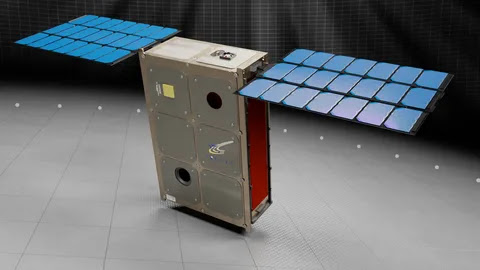Breast Imaging Market Size, Share, Top Vendors, Industry Trends, Growth, Recent Developments, Technology Forecast TO 2030
One of the top causes of death for women is breast cancer. A
procedure called Breast Imaging includes
taking pictures of the breast for either screening or diagnostic purposes.
Digital mammography, digital breast tom synthesis (3-D mammography), breast
ultrasound, breast MRI, and other methods can all be used for breast imaging.
Mammography is the most used breast imaging technique among these.
GLOBAL BREAST
IMAGING MARKET IS ESTIMATED TO BE VALUED AT US$ 3,905.2 MILLION IN 2022 AND
IS EXPECTED TO EXHIBIT A CAGR OF 7.6% DURING THE FORECAST PERIOD (2022-2030).
An ageing female population, increasing investment and
funding in R&D for breast cancer treatment, rising incidence and prevalence
of breast cancer, growing public awareness of the importance of early detection
of breast cancer and other related diseases, technological advancements and the
introduction of advanced breast imaging equipment and software, and
technological innovations all contribute to the growth of the Breast Imaging and opportunities. The
breast imaging is divided into ionizing and non-ionizing breast imaging methods
based on technology. During the projected period, the non-ionizing breast
imaging category is anticipated to develop at the greatest CAGR. The advantages
that non-ionizing breast imaging technologies have over ionizing breast imaging
technologies, such as increased generation of anatomical details for diagnosis,
high sensitivity to small breast lesions in women with dense breast tissues,
and fewer false positives, can be attributed to the growth in this segment.
Breast Imaging,
which includes mammography, thermography, and ultrasound among others, has
become essential for diagnostic or imaging purposes. For the detection,
screening, and diagnosis of breast cancer, industry participants employ a wide
range of technologies and instruments. Notably, breast ultrasound has grown in
popularity as a way to display blood flow and tissue makeup. Ultrasound is used
by radiologists as a common, painless supplementary test to identify problem
regions.
Through, mammography will continue to gain share for breast
imaging globally. For the early identification and diagnosis of breast
disorders, mammography has gained popularity. The outlook is projected to
improve as a result of recent innovations like digital mammography and
digital-aided detection (CAD). Clearly, organizations have shown momentum for
screening mammography to improve the capacity to find tiny cancers.
A mammogram is a two-dimensional image that aids in locating breast cancer abnormalities that are morphologically questionable. Asymmetrical calcifications, lumps, and malformed breast regions are some of these findings. This technique presses the breast tissue with a plate before creating 2D radiographic images by piercing the tissues with low-energy (20–32 kVp) X-rays. Each breast receives a conventional screening mammography in the oblique views (MLO) and craniocaudal (CC) planes. Other imaging views, such as point compression, magnification, and true lateral views, are necessary to identify local characteristics and abnormalities if the lesion is detected. The American College of Radiology's Breast Imaging Reporting and Data System (BIRADS) harmonises mammography nomenclature
.webp)



Comments
Post a Comment